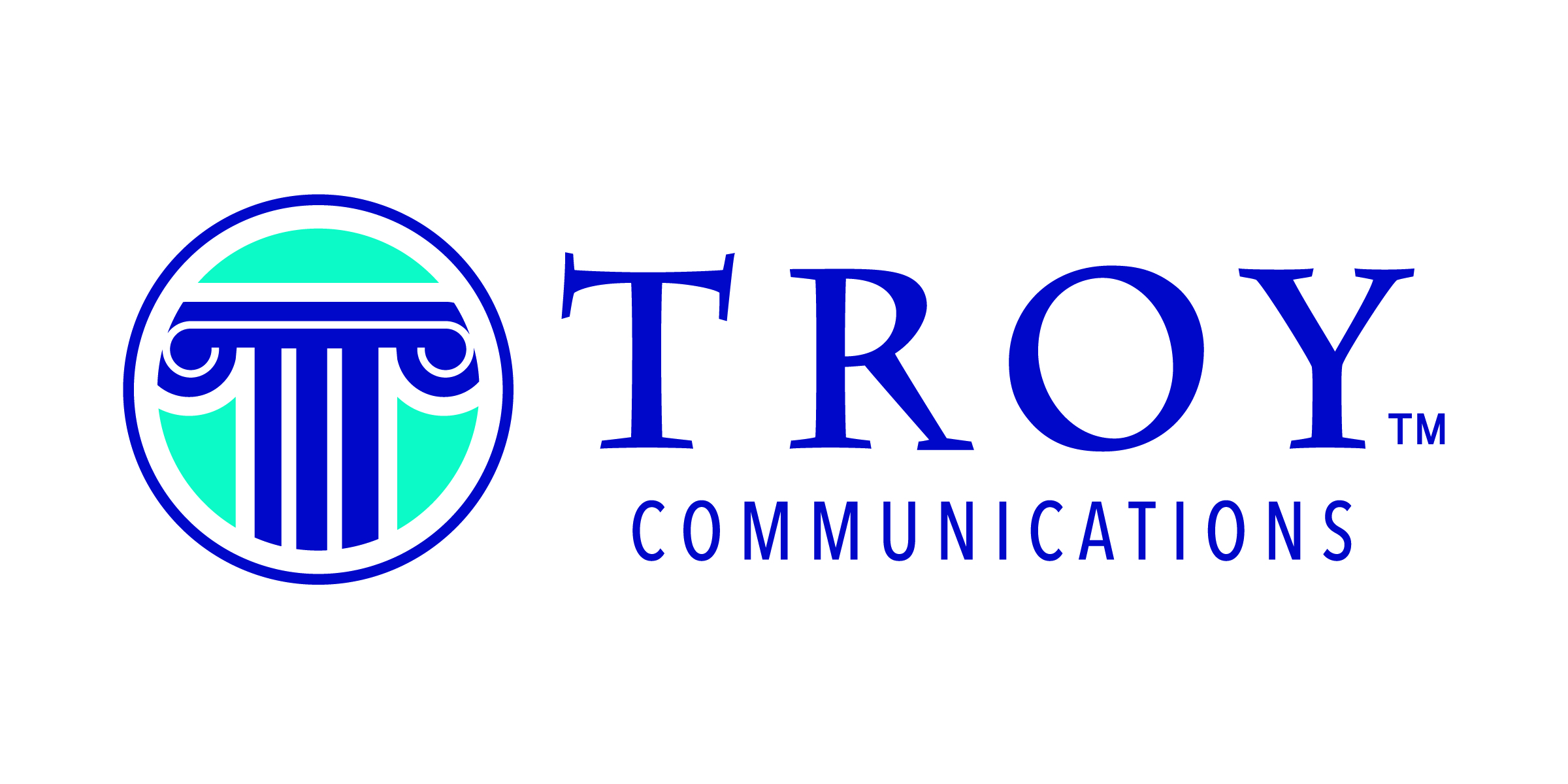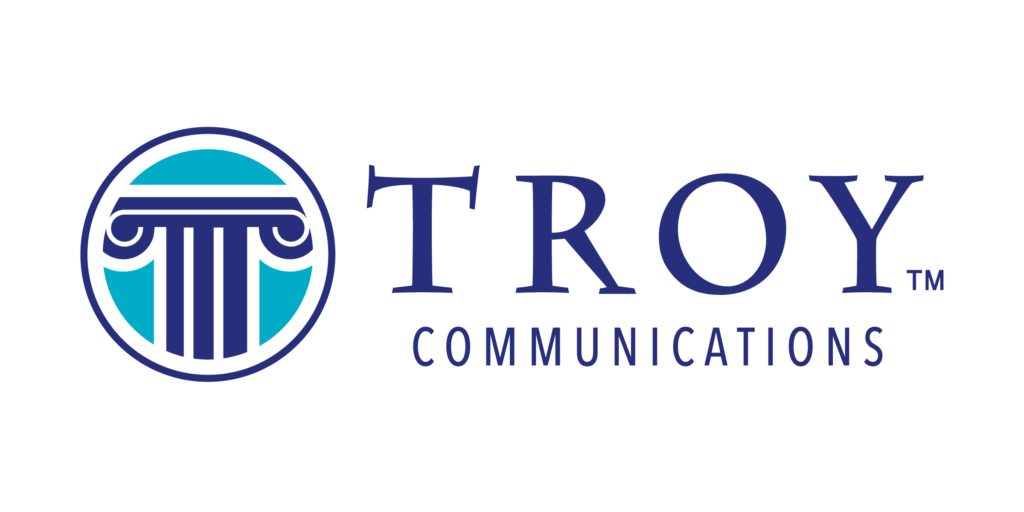By Tasha M. Troy
As I walked into the room, the three or four conversations subsided, and ten pairs of eyes turned to me expectantly. It was the first day in an intensive six-month language and communication training program. The individuals in the room spoke nine different languages and came from five different regions of the world. It was my job not only to teach them the intricacies of professional English communication skills but also to create a mutually supportive community that could endure the six months together and beyond.
It is fairly easy to get along well with people who are very much like you. The Law of Magnetism, from The 21 Irrefutable Laws of Leadership by John Maxwell, states that you attract who you are. However, in today’s globalized environment, it is more common to be in a room where there is little in common, at least on the surface.
I have observed that most people tend to avoid diversity assuming that under such circumstances, cohesion and community will be extraordinarily difficult if not impossible. However, I personally have found that it is possible; my students and clients have often stated that the diversity of the group was a major asset, one of the key benefits of the program.
After years of working with ethnically, linguistically, and occupationally diverse groups, I have developed some guidelines to create a sense of community:
- Respect individual differences and strengths
- Set clear guidelines for appropriate behavior
- Present shared goals and shared mission regularly
- Provide opportunity for individual expression
What might this look like in a typical office setting?
Primarily, you have to verbalize each of these elements: respect for differences, guidelines, goals, and invitations for opinions. It is important to act respectfully, but not everyone perceives respect in the same way, especially if they come from different cultural backgrounds. Never assume that your good opinion is perceived and understood until you have explicitly stated it.
Speaking out your perceptions of strengths, enforcing guidelines, and reviewing goals is also very important. John Maxwell says that “vision leaks”; when it is not regularly presented to your team, it will be forgotten until there is a problem. Trust me – this is a time where “an ounce of prevention is worth a pound of cure”!
Remember also that some personality traits and elements of cultural background hinder people from speaking up in meetings and other group settings. Find ways to create smaller “task forces” for specific projects or take the time to schedule regular one-on-one meetings with your team members.
Working with a diverse team is one of the most rewarding things I have ever done, and when managed well, it can provide rich benefits to your team, your department, and your organization. It takes a bit of extra effort, but the rewards far outweigh the costs!
Take It Deeper
Sometimes it’s hard to know where to start. If you would like to go deeper on this topic, I hold free exploratory coaching sessions each week. You can register online at Troy Communications or email me to schedule an appointment at TMTroy@TroyCommunications.Net
If you enjoyed this article and would like to receive these weekly posts in your inbox, you can subscribe at Troy Communications Blog.



1 thought on “Four Guidelines to Help Manage Workplace Diversity”
Comments are closed.